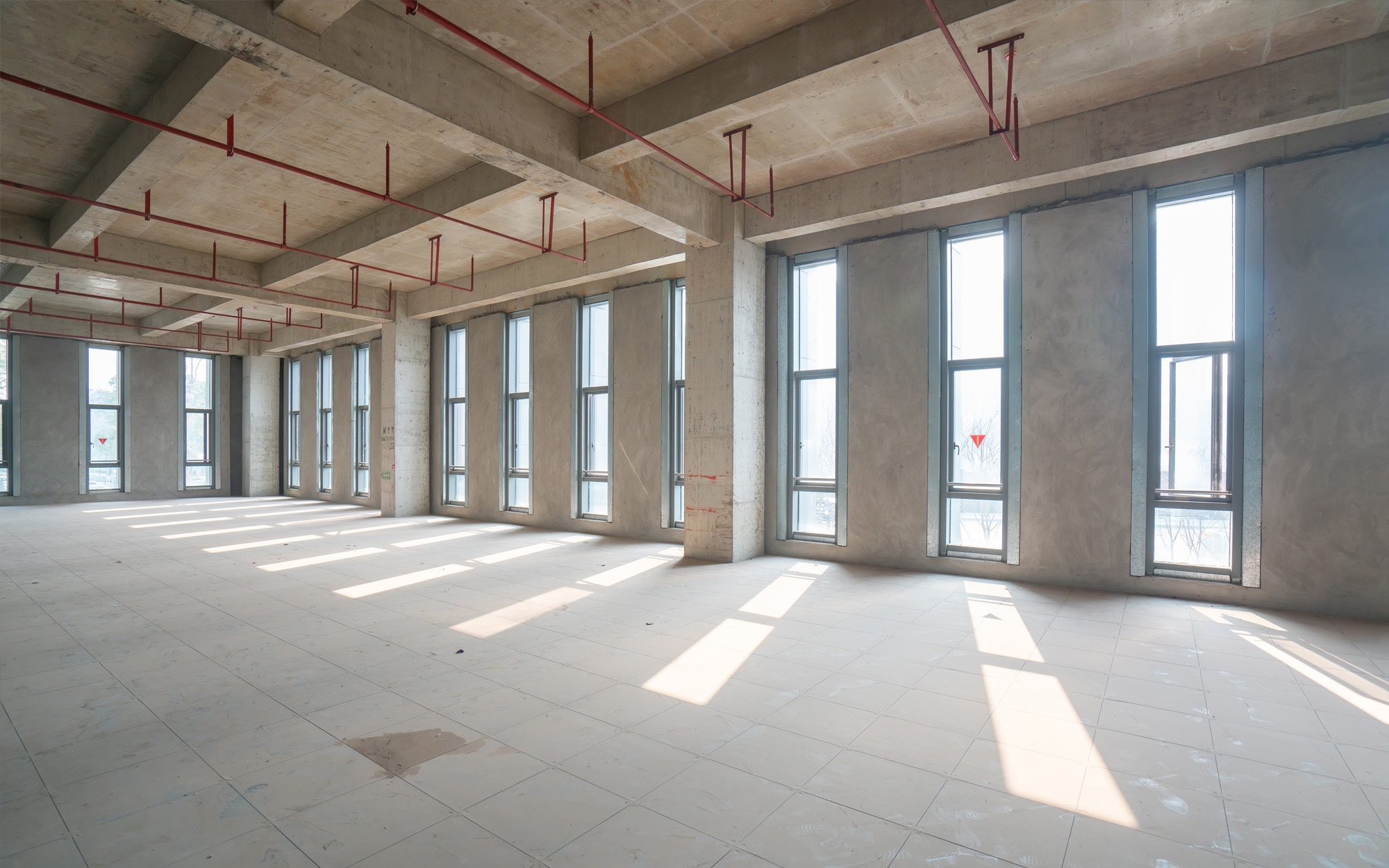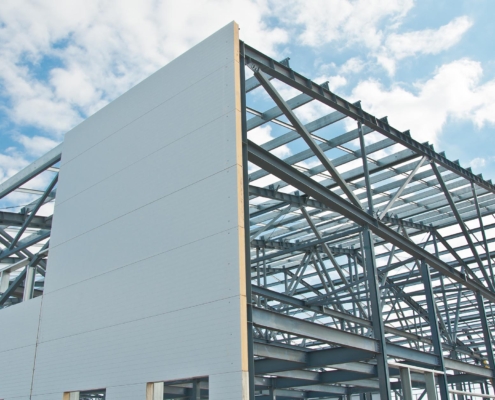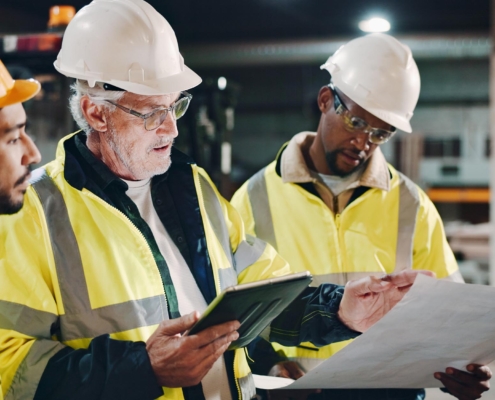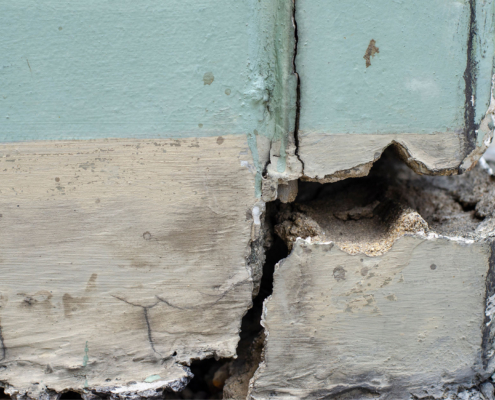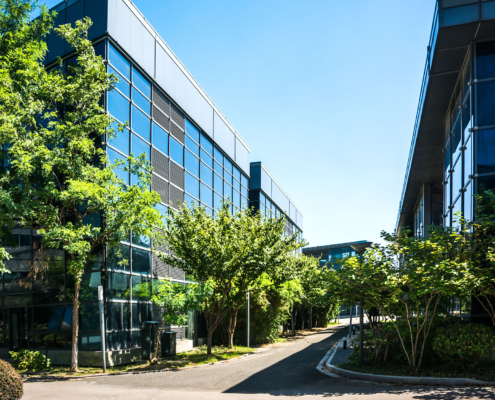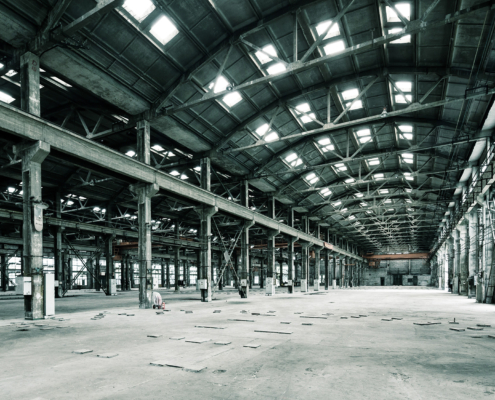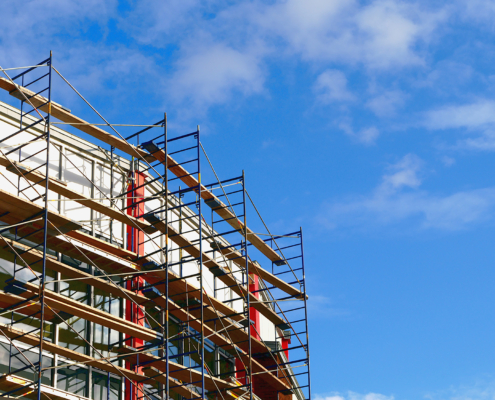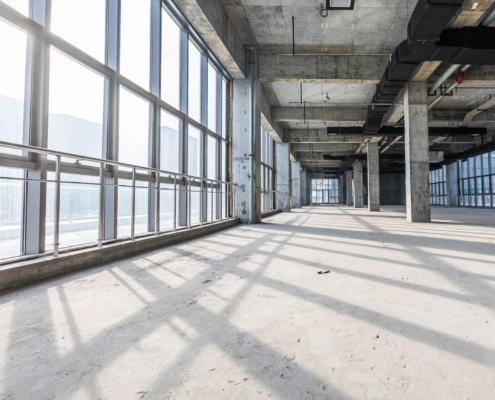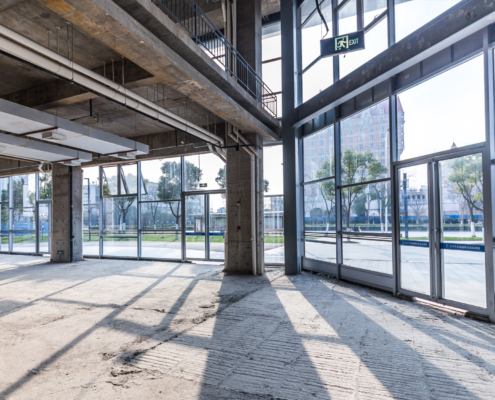After mitigation, stabilization, and cleanup, the final stage is restoring the building to its pre-disaster condition—or better. This might include replacing drywall, repainting walls, or installing new flooring. For more extensive damage, reconstruction might require new wiring, plumbing, or structural elements. This is where professional expertise shines, ensuring that the materials and craftsmanship match or exceed the original standards.
A thorough commercial building restoration not only covers aesthetics but also ensures safety and compliance. If local building codes have changed since the property was constructed, now is the time to address those requirements. By aligning with updated standards, you reduce the risk of future hazards and potential legal penalties.

